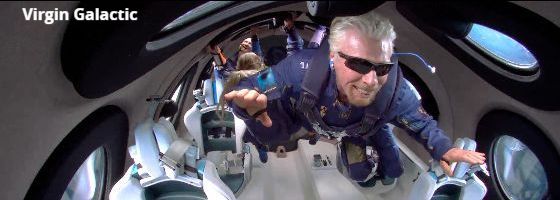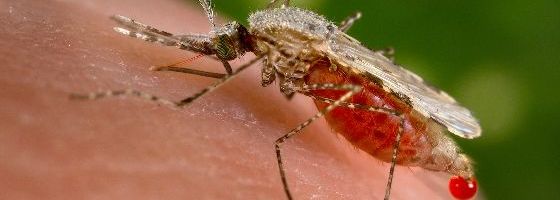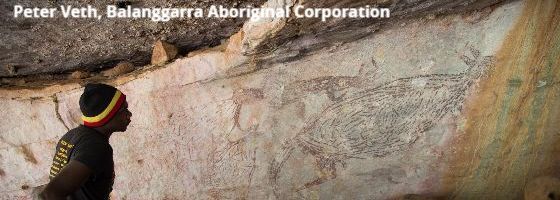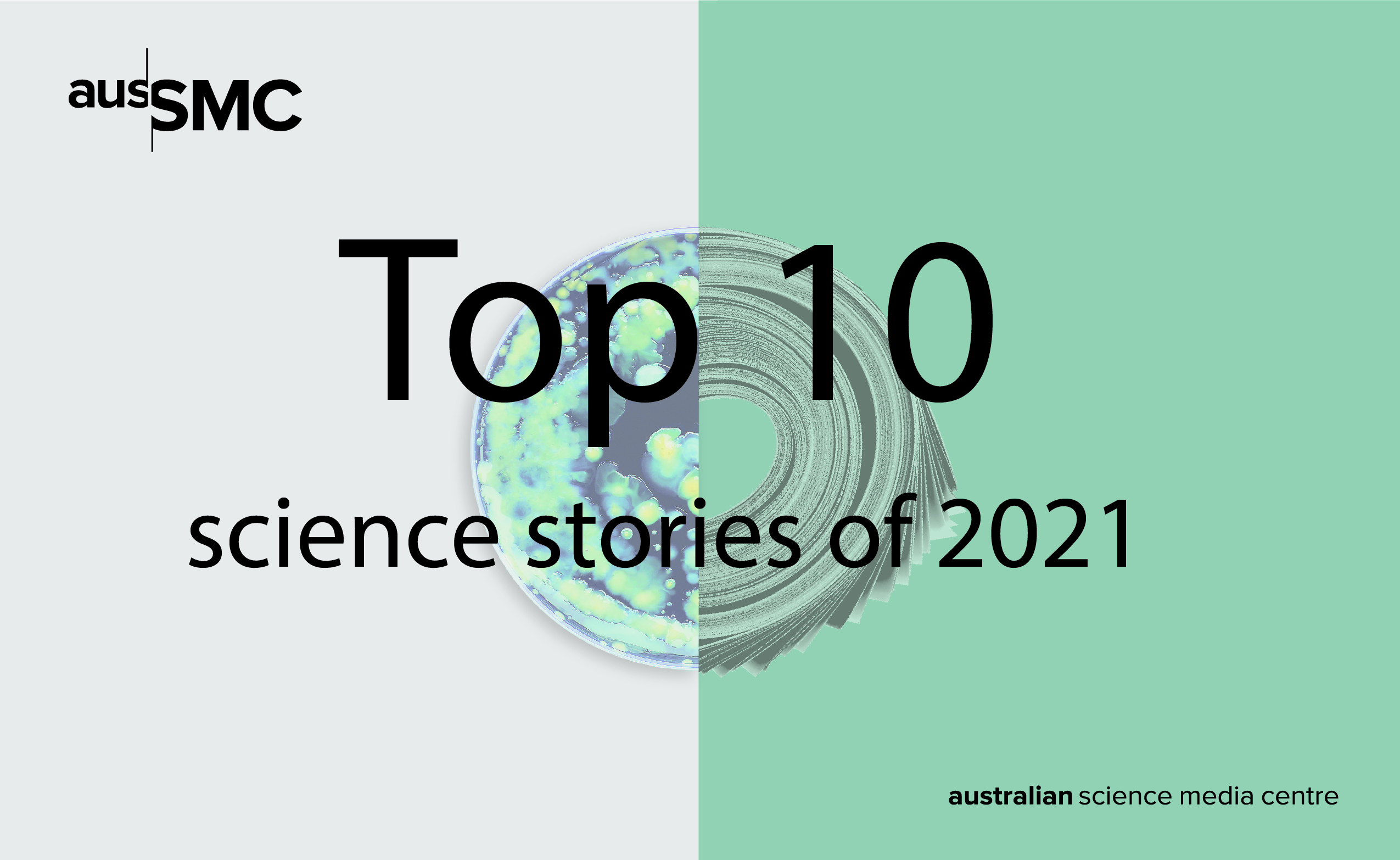Media release
From:

COVID chaos continued, but vaccines provided some light at the end of the tunnel
The SARS-CoV-2 virus continued its relentless spread throughout 2021, paralysing nations around the world, and reaching a grisly milestone of at least 5 million deaths. New variants of the virus evolved, leaving governments scrambling to keep up, the most notable of which was Delta. First detected in India in December 2020, Delta spread much faster and proved more resistant to vaccines than previous virus variants, and quickly became the dominant strain in many countries. And towards the end of the year, a new variant, Omicron, threatened to disrupt progress in fighting COVID-19. But among all the gloom, there was also hope, as vaccines developed in record time arrived and rollouts began. The first Australian to be vaccinated was 84-year-old Jane Malysiak, in February, and after a slow start, the country reached 85 per cent of adults fully vaccinated by late November.
You can access the AusSMC's COVID-19 resources here

COP26 aimed high, but not high enough to limit warming to 1.5°C
The COP26 climate change conference in Glasgow in November was, in the words of Prince Charles, “the last chance saloon for the planet”. It was certainly the most ambitious COP to date, but experts said it didn’t go far enough to limit global warming to 1.5°C, the central aim of 2015’s Paris Agreement. Short-term pledges achieved at the conference would mean global average temperature rises of around 2.4°C by the end of this century, according to Climate Action Tracker (CAT), which would be disastrous for millions of people around the world. There was, however, some progress, notably on deforestation, methane emissions, and funding to help poorer countries adopt clean energy. And at the last minute, the US and China, the world’s biggest polluters, agreed to work together to tackle climate change. But hopes for a complete ‘phase out' of coal were watered down to a ‘phase down’ in the final agreement after India objected. Australia did little to dispel its international reputation as a climate laggard at the talks. Despite committing to reach net-zero by 2050, the government refused to set more ambitious targets for emissions reduction by 2030 and failed to sign up for the methane reduction pledge. And details of how Australia hopes to achieve net-zero by 2050 remain scant.

The Great Barrier Reef was ‘in danger’, until it wasn’t
In June, UNESCO recommended that the GBR should be placed on a list of World Heritage Sites that are ‘in danger’ following multiple damaging bleaching events since 2016 caused by warming waters. The Australian government responded, with Federal Environment Minister Sussan Ley globetrotting to six countries represented on the committee to argue their case that the reef should be left off the list, and meeting 12 other countries’ representatives virtually. Their plan worked, and in July the World Heritage Committee decided not to list the reef as ‘in danger’, giving the Aussie government until February 2022 to produce a progress report on the reef's condition. The committee is expected to take another look at the status of the reef in 2023.

Billionaires raced to be first in space
2021 was the year of the billionaire space race, as some of the world’s richest men clamoured to reach orbit before their rivals. First off the blocks in July was the Unity 22 craft owned by British tycoon Richard Branson, whose company Virgin Galactic is vying to be a major player in what the billionaires hope will become a lucrative space tourism industry. Branson's craft spent a total of around five minutes in zero gravity. Next in line, just nine days later, was Amazon founder Jeff Bezos aboard his craft, New Shepard, which spent around 10 minutes in zero gravity. Despite a petition for Bezos to remain in space attracting almost 200,000 signatures, the entrepreneur made the return trip, only to grab headlines again in October by sending Captain Kirk himself, 90-year-old William Shatner, into orbit. The world’s richest man, Elon Musk, founder of SpaceX, sent four tourists into space in his craft, Dragon, for three whole days in September, but opted not to join them, choosing instead to put down a deposit to fly to space with Branson’s Virgin Galactic in the future.

The WHO approved the world’s first malaria vaccine for use in kids
The World Health Organization (WHO) announced it had approved the world’s first malaria vaccine, RTS, S/AS01 or Mosquirix, for use in children in October. The vaccine was proved to work six years ago, but it was not until the completion of pilot trials in Ghana, Kenya and Malawi this year that a wider rollout of the jab was recommended by the WHO. Approval was complicated by the fact that four doses of the vaccine are needed to build up immunity, and even once fully vaccinated, the jab only prevents around four in ten cases and three in ten severe cases. The vaccine targets the malaria parasite after it has entered the blood, but before it reaches the liver, which explains its limited efficacy. All this meant it was unclear whether the vaccine would be effective in real world settings – hence the need for pilot trials. Malaria killed more than 260,000 children across Africa in 2019, and the vaccine will protect kids against the most common and deadliest malaria parasite on the continent, Plasmodium falciparum.

We met Cooper, the biggest Aussie dino and one of the world’s largest
In June, we were introduced to Cooper, or Australotitan cooperensis, the biggest dinosaur ever discovered in Australia, and one of the world’s largest. At 25 – 30m long and 5 – 6.5m tall, Cooper was as long as a basketball court, as tall as a two-storey building, and would have cut an imposing figure stomping around the outback 92-96 million years ago. The fossilised sauropod was unearthed at Cooper Creek in Queensland in 2007, but it has taken years of painstaking work, including making detailed 3D scans of each bone, to confirm that Cooper is a new species.

We learned that overfishing has been disastrous for sharks
In January, a depressing report from Australian scientists found that the number of oceanic sharks and rays worldwide has fallen by 71 per cent since 1970, and three-quarters of shark and ray species face imminent extinction, mainly because of overfishing. Charismatic giants such as hammerheads and oceanic white tips, whose large fins are prized as an ingredient in shark fin soup, are among those hit hardest, the researchers said, and are now listed as critically endangered by the International Union for Conservation of Nature (IUCN). Between 1970 and 2018, the team said fishing pressure on these ocean species increased by 18 times, and their populations are likely to collapse soon if governments don’t take action to impose catch limits and conserve the sharks and rays we have left.

The world’s first gene-edited food hit shops in Japan, and it’s a ‘chilled’ tomato
In September, we learned that the world’s first gene-edited food had hit shop shelves in Japan, a ‘chill-out’ tomato modified using a technique called CRISPR. The Sicilian Rouge High GABA tomato was developed by a Japanese start-up. Their scientists modified tomato seeds to reduce levels of an enzyme which breaks down a substance called Gamma Aminobutyric Acid (GABA), so the resulting toms contain more GABA than non-edited fruits. Some research suggests GABA has stress-busting properties and can aid sleep, although it is far from conclusive. Although genetically modified foods are banned in Japan, the government is more relaxed about these tomatoes - not because they’ve been gorging on them, but because changes in GABA levels can occur naturally in tomatoes without gene editing.

Australia’s oldest known rock painting was a roo, of course
In February, Australian researchers announced that a painting of a kangaroo in WA’s Kimberley region is Australia’s oldest known intact rock art, and that they’d worked out how old it is thanks to some industrious ancient wasps. Some of the nests they found were built underneath the painting, while others were on top of it. So, by figuring out the age of the nests using a technique called radiocarbon dating, the team was able to determine a window in time when the painting must have been created – between 17,500 and 17,100 years ago. The team used the wasps’ nests rather than analysing the painting itself because the pigments used contain very little carbon, which is required for the aging technique, but the wasps’ nests contain enough.

Scientists argued that genes were responsible for the deaths of Kathleen Folbigg's 4 children
In March, 90 eminent scientists and medical experts from around the world petitioned the Governor of NSW requesting a pardon for Kathleen Folbigg and her immediate release. Folbigg was convicted in 2003 of killing her four infant children by smothering them, but the scientists argued that her two daughters, Sarah and Laura, are likely to have died as a result of carrying a rare genetic mutation, CALM2 G114R, which they inherited from their mother and is known to cause sudden cardiac death. Folbigg’s sons, Caleb and Patrick, did not carry this mutation, but researchers found a different rare mutation in the boys called BSN, which has been shown to cause lethal epilepsy in mice. Just three weeks later, a NSW Court dismissed Folbigg’s appeal to overturn the findings of a 2019 inquiry into her conviction. Despite a renewed call for her release by scientists in August, she remains behind bars.



 Australia; NSW; VIC; QLD; SA; WA; TAS; NT; ACT
Australia; NSW; VIC; QLD; SA; WA; TAS; NT; ACT


